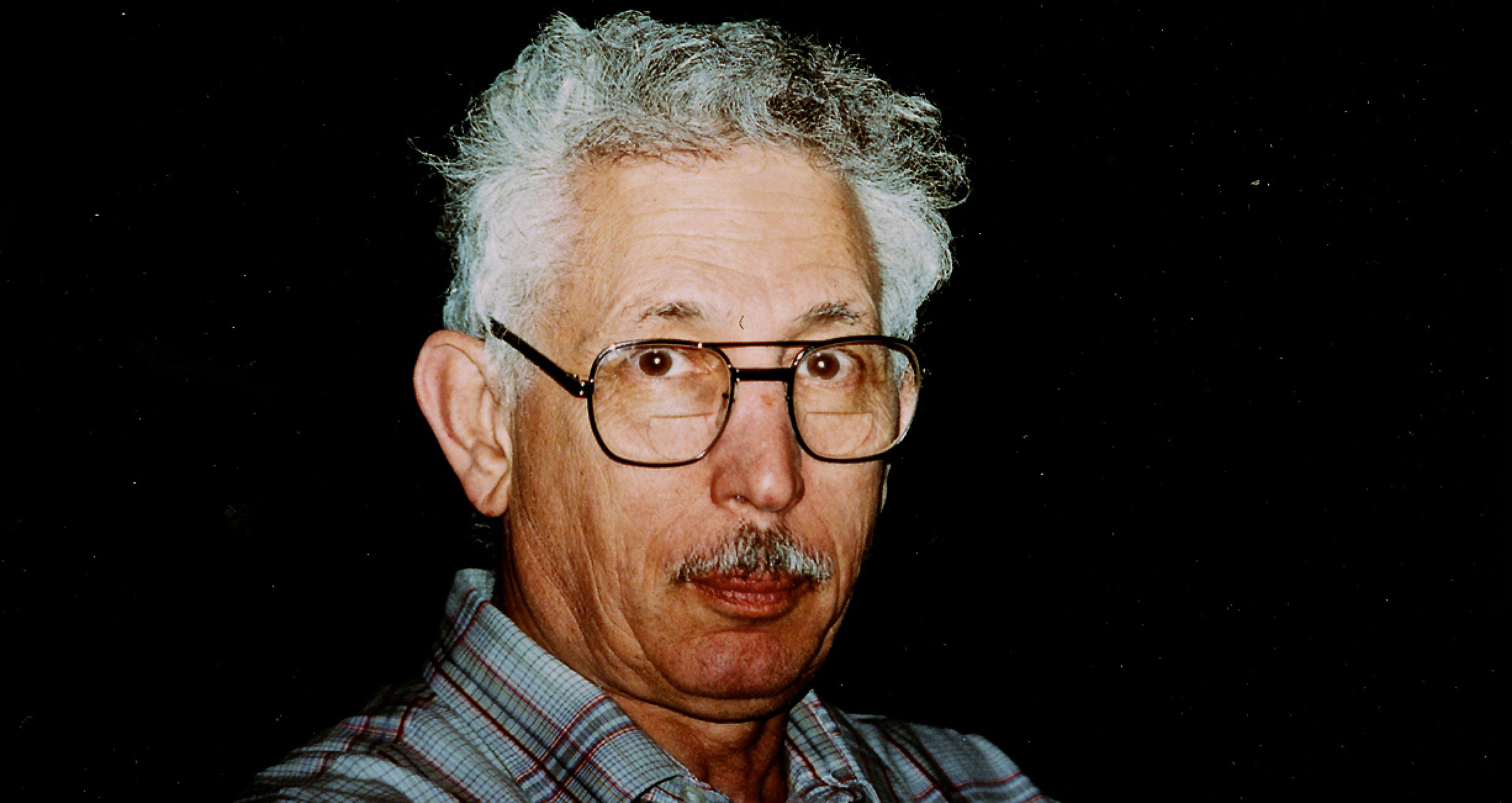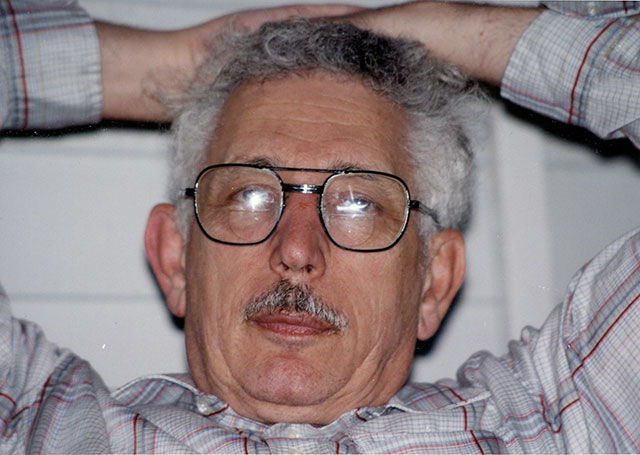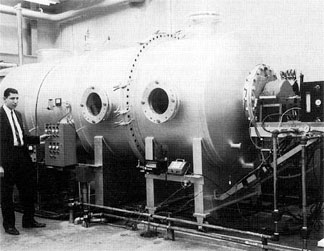PHILIP PUSHES THE BUTTON
In 1958, the Eisenhower administration, shocked by the 1957 launch of Sputnik, established NASA to be responsible for the civilian space program, as well as aeronautics and aerospace research. NASA absorbed the National Advisory Committee for Aeronautics (NACA), the Langley Aeronautical Laboratory in Hampton, Virginia, the Ames Aeronautical Laboratory in Moffett Field in Silicon Valley, and the Jet Propulsion Laboratory, operated by Caltech.
Philip Brockman was fortunate to arrive at the renamed Langley Research Center in 1959 as part of the first group of newly recruited NASA employees hired to lead the effort meet the challenge of the 1957 launch of Sputnik. His interest was in the magnetoplasmadynamics (MPD) thruster, considered up until that time to be in the realm of science fiction. The MPD played a major role in reshaping the focus of NASA’s space program, and it is currently most powerful form of electromagnetic propulsion.
He was a member of the small team of scientists characterized in James R. Hansen's book, Spacelight Revolution: NASA Langley Research Center From Sputnik to Apollo, as “The Mad Scientists of MPD" (Chapter 5). The efforts of these unsung science heroes in plasma propulsion were critical to the success of Project Mercury, the first human spaceflight program of the United States that put American astronauts in space, beginning with the first suborbital flight by Alan Shepard and the first orbital flight by John Glenn, and to all human space exploration thereafter.
His research areas included:
• Plasma propulsion (as one of the “Mad Scientists of MPD”)
• Reentry studies using a shock tube
• Active remote sensing of winds using Doppler Lidar, in flight measurements of wind and wind shear using 10 and 2 micrometer coherent laser systems
• Solid state laser development for aircraft and space borne remote sensing of species and winds
• All solid state laser development for aircraft and spaceborne remote sensing of species and winds and developing coherent lidars to measure wake vortices in airport terminal areas in support of runway capacity and in-flight laser measurement of clear air turbulence for aviation safety
In 1997, he was awarded the NASA Exceptional Service Medal (ESM) “for outstanding contributions and exceptional service in the development of NASA's laser remote sensing technology and capability”. He was a reasearch physicist at NASA Langley Research Center for his entire 43-year career, from 1959 until his retirement in 2003. (See: Technical Papers.)
Philip Brockman, my older brother, was born in Boston on November 28, 1937 and died in Raleigh, North Carolina on August 27, 2017.
I began a true rocket scientist.
At the end I conducted research toward making aircraft safer for us all.
I am a man of wind and light.




